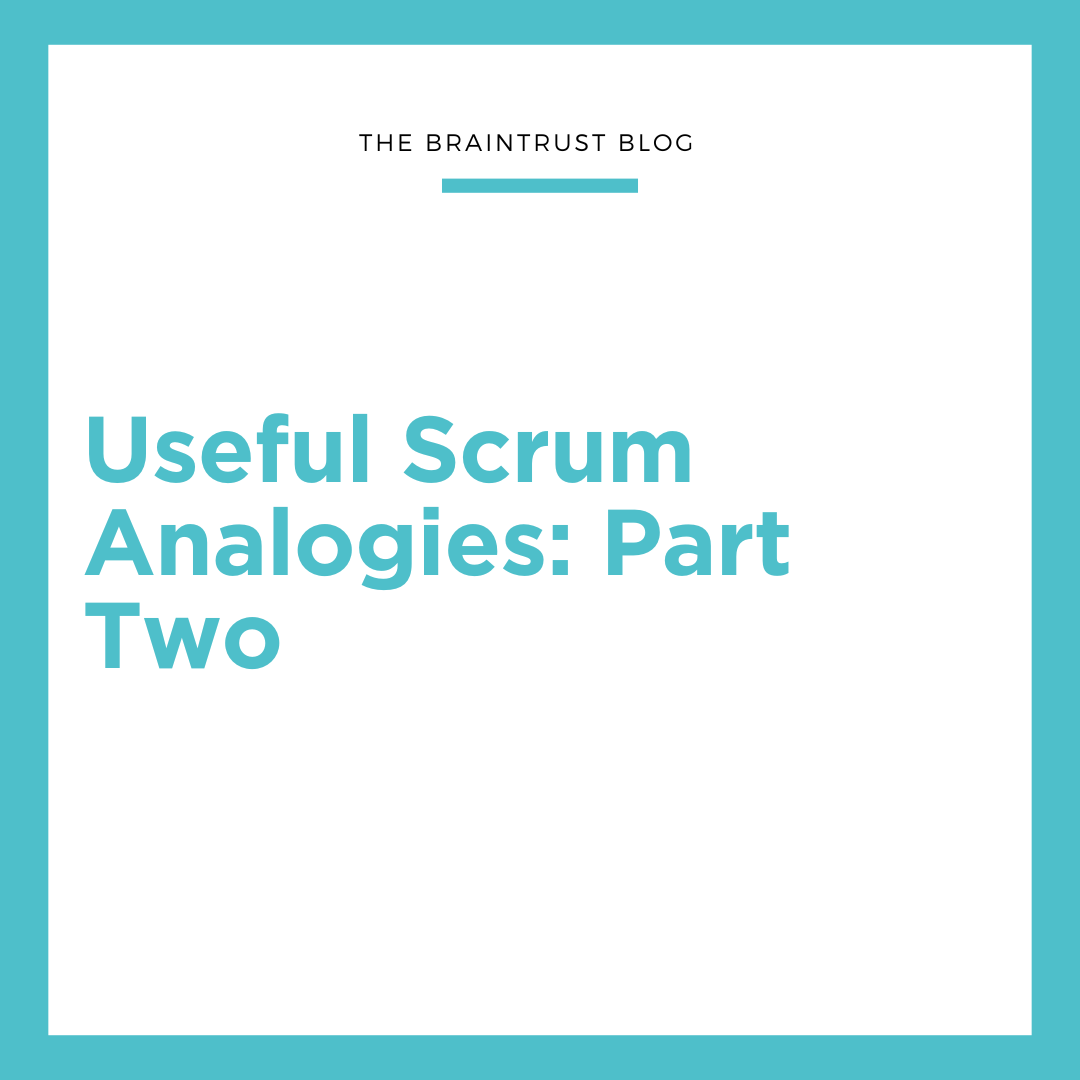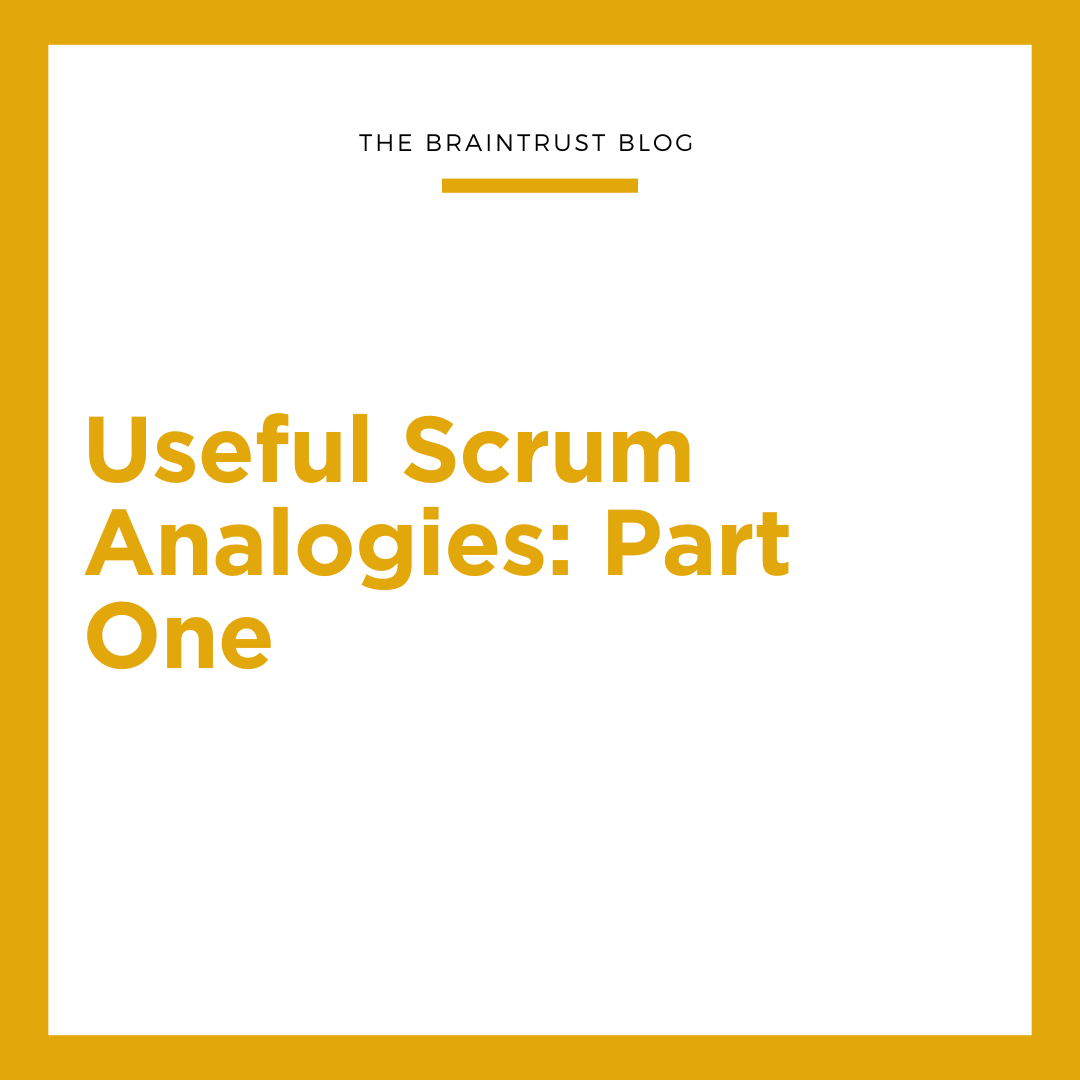The Agile Manifesto 20th Anniversary celebration opened with a panel on the Past of Agile. Featuring several of the original signatories of the Agile Manifesto, the session explored the motivations that brought these individuals together, and discussed how things have changed over the past 20 years. Here are some takeaways from the panel.
Panelists: Alistair Cockburn, Jon Kern, Robert Martin, Stephen Mellor, Arie van Bennekum, James Grenning, and Jim Highsmith.
did you expect the agile manifesto to cause this buttery effect 20 years ago?
Jon: I don’t think anyone knew what would happen. It was just an opportunity to come together and tackle the same problem from different approaches. The impact is amazing and heartwarming. It’s made a lot of freedom in people’s lives.
James: It was just a one-page website and we didn’t think anyone would care. But people did care. We thought we’d go back to our regular lives and nothing would happen.
Alistair: We knew it would be something, but it was some magic. We ignited a fire. People were out there waiting for someone to put something into words. They recognized themselves in the manifesto.
Stephen: We misunderstood the scope. We thought it would just be in software, but it’s everywhere now.
Arie: We wanted to make a statement. What we talked about 20 years ago is still valid today.
Jim: This was pre-social media, so it didn’t go viral in today’s terms. It’s good because it expanded, but not too rapidly.
What does the manifesto speak to for humans? why is it so penetrating?
Bob: For 30 years we were doing it wrong!
Alistair: Here’s a variation of the question. Which manifesto values was most triggering to the fire?
Stephen: Individuals and interactions—people felt they were constrained rather than helped by processes at the time. People prefer to collaborate.
James: I was shocked by the emphasis on people, coming from engineering.
Alistair: The first value of the manifesto is the most important one and caught people’s attention. People were suffering from their processes, and then people felt freedom seeing individuals and interactions over processes and tools. We’re the only group where people are number one and that’s the first thing people see—you can’t skip over it.
Alistair: No one has stepped forward and said “I did that.” We don’t remember who said what. We kept word-smithing until we were all unanimous. It was magic.
James: It helped that we tried to find what we all agreed on, rather that disagreed on.
Stephen: We started with clear statements and words we associate with Agile.
As you’ve seen Agility shift and penetrate other industries, what would you course correct? remind people of?
Stephen: Nothing! Let people run with it. You have to do stuff, let people run with it, learn what from they do so you can do something better next time.
Jim: Course correction is what Agile all about. One of the things we don’t talk about enough is that at its core, Agile meets a business need. If it didn’t continue to meet a business need then it wouldn’t survive.
Jon: It was a magical meeting. We put together words and thoughts that resonated. We got to the core of what is needed, what the problem is. And the manifesto is correct. I wouldn’t change a thing.
Alistair: You don’t update it. It’s a snapshot of a moment. We recognize that if any one thing had been different, then there would have been a different outcome. Rather than editing the manifesto, you can see what the current issues are now and write a new manifesto for it.
Arie: Let it be inspiration.
Arie: You put a group of people in the same room, they’ll all try to explain that their idea is best. But this was about leaving ego at the door, so we looked for commonalities. Today, too many people in the Agile domain forget this. People underestimate the content and the process to get the manifesto.
What has kept you motivated over the past 20 years?
Jon: Put smiles on customers’ faces. Delighting them. I like working with teams and making myself redundant because I’ve helped them realize they can build software and have fun. It’s a team sport.
Arie: The waste of public money was my driver, working with government.
Stephen: Making the ideas simple and more comprehensible. I wanted to understand the fundamentals, what really counts. And then putting it in a way that made sense to everyone.
Jim: Pushing Agile into new areas and seeing how it evolves.
James: Helping other people have that a-ha moment that iterative, incremental processes are helpful.
Bob: Software is the most critical industry in the planet. So it’s really important that we learn how to do it well. We need it to be safe and secure.
Alistair: As a figure from the history books, I can step into a company and light a fire under them.
What has agility done to change your leadership style?
Stephen: It’s made me listen more. It’s important to let the person work their way through issues correct their language.
Alistair: Collaborate. Deliver. Reflect. Improve. If you live in those words, it changed everything about my life. Everyone knows how to collaborate, but we just don’t want to.
Arie: People push away responsibility. In terms of leadership, you’re the architect of your own life. We need to give people that space, but people aren’t used to this so we need to empower people and teach them to take responsibility.
Jon: Agile centers on always a student never a master. Agile is a growth mindset, and a never-ending journey of discovery.
Special Behind the Scenes Footage: Brian Rabon interviews Alistair Cockburn on the history of the manifesto and why we celebrate at Snowbird.



